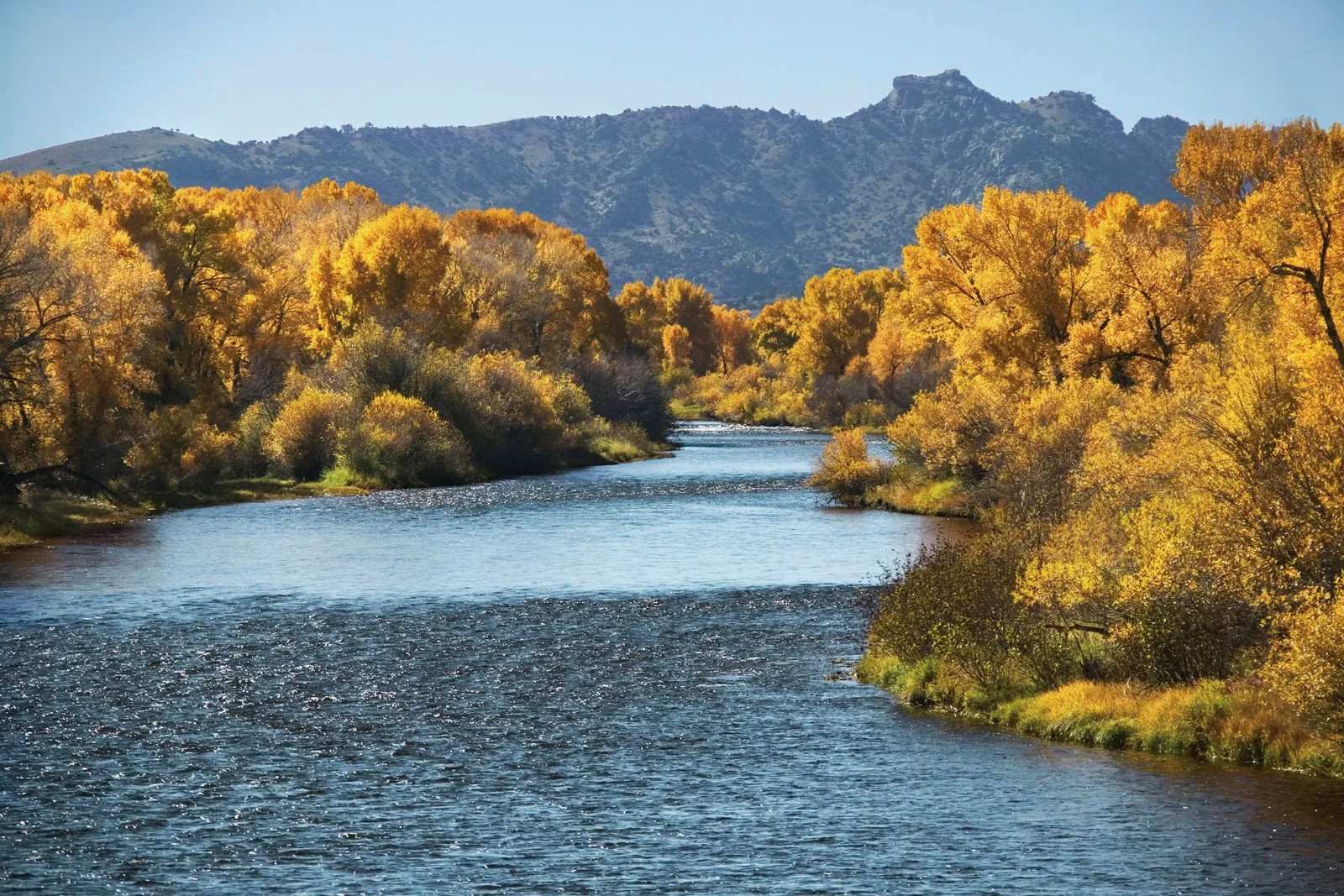Lost Trading Routes Of Wyoming’s Oregon Trail

Imagine stepping back in time to the days of covered wagons and pioneers. The Oregon Trail in Wyoming is a journey through history, where travelers once braved the wild frontier. This historic path stretches across the state, offering glimpses into the past with every mile. As you travel along this route, you'll encounter landmarks like Independence Rock, where pioneers carved their names into history. The trail winds through stunning landscapes, from rolling plains to rugged mountains, each telling its own story. Today, visitors can follow in the footsteps of those early adventurers, exploring the remnants of forts, wagon ruts, and historic sites. Whether you're a history buff or just curious about the past, the Oregon Trail in Wyoming offers a unique opportunity to connect with the spirit of exploration and adventure that defined a nation.
The Oregon Trail: A Journey Through Time
The Oregon Trail was a historic route that connected the Missouri River to the valleys in Oregon. Pioneers traveled this path in the 19th century, seeking new opportunities and adventures. Today, remnants of this trail can still be found in Wyoming, offering a glimpse into the past. Let's explore some of these lost trading routes.
1. Independence Rock
Independence Rock stands as a monumental landmark along the trail. Pioneers carved their names into its granite surface, leaving behind a legacy of their journey. This site served as a crucial checkpoint, marking the halfway point for travelers heading west. Its massive presence still tells stories of hope and determination.
2. Fort Laramie
Fort Laramie was a bustling hub of activity during the trail's heyday. It provided a place for rest, resupply, and protection. Traders, trappers, and travelers mingled here, exchanging goods and stories. The fort's ruins echo the vibrant life that once thrived within its walls.
3. South Pass
South Pass was a vital crossing point through the Rocky Mountains. Its gentle slopes made it easier for wagons to traverse, avoiding the treacherous peaks. This natural corridor was essential for the movement of people and goods, shaping the course of the trail.
4. Fort Bridger
Fort Bridger offered a strategic stop for those on the trail. Established by mountain man Jim Bridger, it became a key trading post. Travelers could restock supplies and gather information about the road ahead. The fort's history is rich with tales of exploration and commerce.
5. Devil's Gate
Devil's Gate is a striking rock formation that captivated those who passed by. Its narrow gorge was both a challenge and a marvel. Pioneers navigated through this natural wonder, leaving behind stories of their encounters with the rugged landscape.
6. Register Cliff
Register Cliff served as a canvas for pioneers to leave their mark. Travelers etched their names into the soft sandstone, creating a historical record of their passage. This site remains a testament to the human spirit and the desire to be remembered.
7. Fort Caspar
Fort Caspar was a military post that played a significant role in protecting travelers. It provided a safe haven during times of conflict and uncertainty. The fort's remains offer insight into the challenges faced by those who journeyed along the trail.
8. Sweetwater River
The Sweetwater River was a lifeline for pioneers, offering a source of water and sustenance. Its gentle flow provided relief from the harsh conditions of the trail. Many stories of survival and perseverance are linked to this vital waterway.
9. Split Rock
Split Rock served as a natural guidepost for travelers. Its unique shape was visible from miles away, helping pioneers navigate the vast landscape. This landmark was a beacon of hope, guiding weary travelers toward their destination.
10. Fort Hall
Fort Hall was a crucial stop for those heading to Oregon. It offered supplies, rest, and information about the journey ahead. The fort's strategic location made it an essential part of the trail's network, connecting travelers to their dreams of a new life.
Rediscovering Wyoming's Historic Pathways
Wyoming's Oregon Trail offers a fascinating glimpse into the past, revealing stories of courage, determination, and adventure. This historic route, once bustling with pioneers, traders, and explorers, now serves as a reminder of the challenges faced by those who sought new beginnings in the American West. As you travel along these paths, imagine the wagons creaking, the campfires flickering, and the dreams of those who journeyed before. The trail's landmarks, such as Independence Rock and Fort Laramie, stand as testaments to the resilience of early travelers. Exploring these sites provides a deeper understanding of the trail's significance in shaping the nation's history. Whether you're a history buff or simply curious, the Oregon Trail invites you to step back in time and appreciate the enduring spirit of exploration. Embrace the opportunity to connect with a pivotal chapter in America's story.

